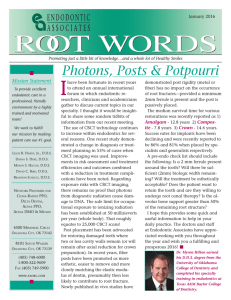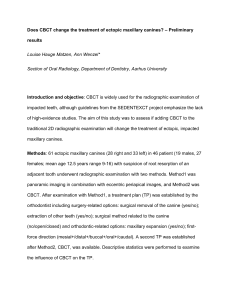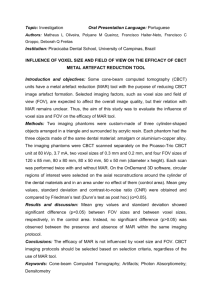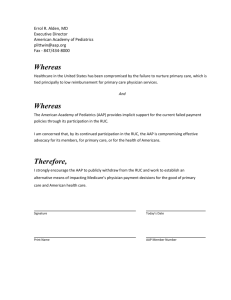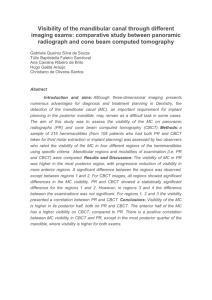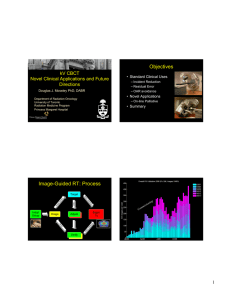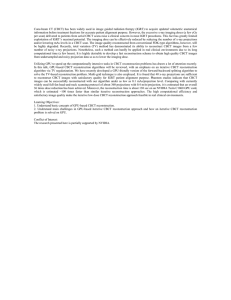Parameters obtained by CBCT imaging in the diagnosis of AAP and
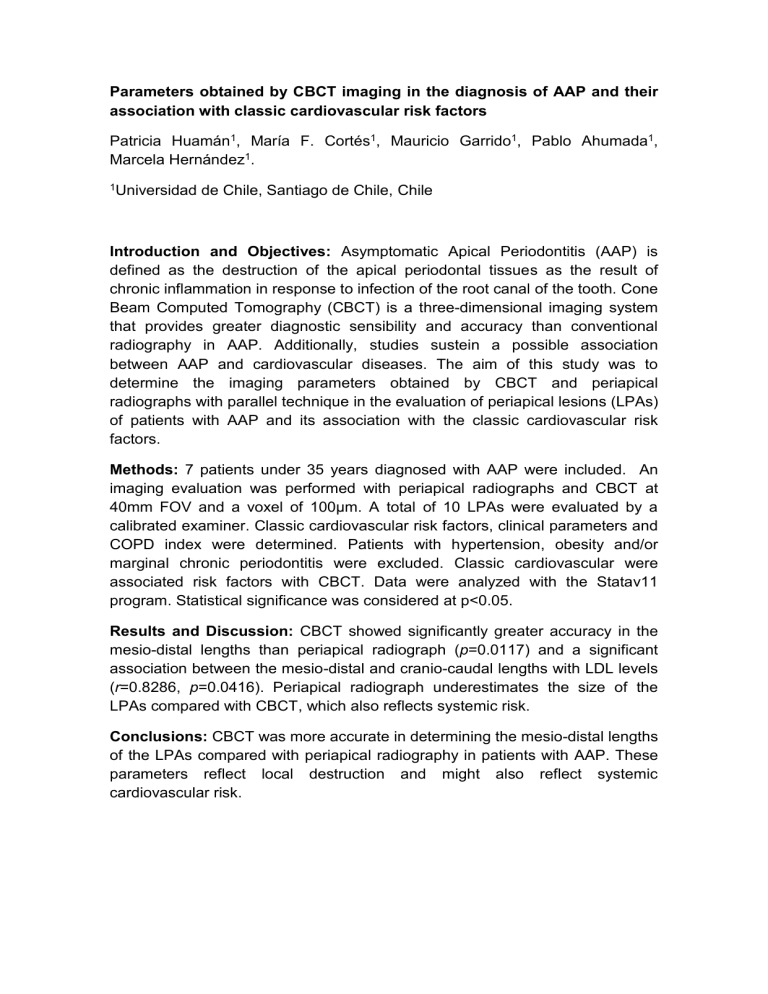
Parameters obtained by CBCT imaging in the diagnosis of AAP and their association with classic cardiovascular risk factors
Patricia Huamán 1 , María F. Cortés 1 , Mauricio Garrido 1 , Pablo Ahumada 1 ,
Marcela Hernández 1 .
1 Universidad de Chile, Santiago de Chile, Chile
Introduction and Objectives: Asymptomatic Apical Periodontitis (AAP) is defined as the destruction of the apical periodontal tissues as the result of chronic inflammation in response to infection of the root canal of the tooth. Cone
Beam Computed Tomography (CBCT) is a three-dimensional imaging system that provides greater diagnostic sensibility and accuracy than conventional radiography in AAP. Additionally, studies sustein a possible association between AAP and cardiovascular diseases. The aim of this study was to determine the imaging parameters obtained by CBCT and periapical radiographs with parallel technique in the evaluation of periapical lesions (LPAs) of patients with AAP and its association with the classic cardiovascular risk factors.
Methods: 7 patients under 35 years diagnosed with AAP were included. An imaging evaluation was performed with periapical radiographs and CBCT at
40mm FOV and a voxel of 100μm. A total of 10 LPAs were evaluated by a calibrated examiner. Classic cardiovascular risk factors, clinical parameters and
COPD index were determined. Patients with hypertension, obesity and/or marginal chronic periodontitis were excluded. Classic cardiovascular were associated risk factors with CBCT. Data were analyzed with the Statav11 program. Statistical significance was considered at p<0.05.
Results and Discussion: CBCT showed significantly greater accuracy in the mesio-distal lengths than periapical radiograph ( p =0.0117) and a significant association between the mesio-distal and cranio-caudal lengths with LDL levels
( r =0.8286, p =0.0416). Periapical radiograph underestimates the size of the
LPAs compared with CBCT, which also reflects systemic risk.
Conclusions: CBCT was more accurate in determining the mesio-distal lengths of the LPAs compared with periapical radiography in patients with AAP. These parameters reflect local destruction and might also reflect systemic cardiovascular risk.
